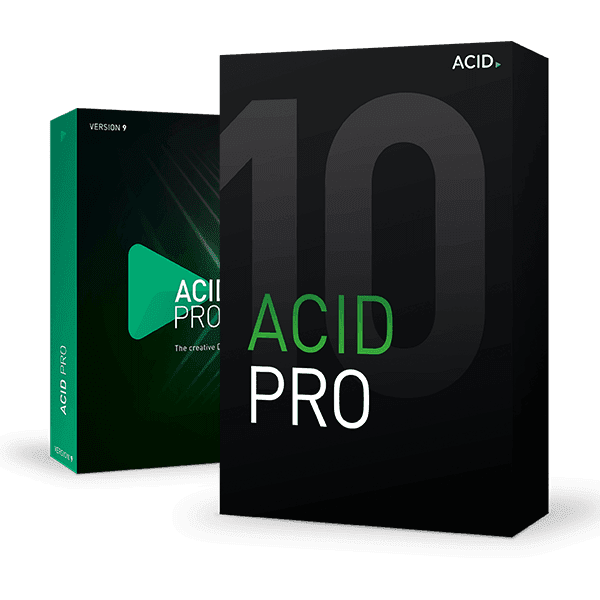

Be sure to tell your doctor if you are being treated with either of these medications. You should not receive more than one product containing denosumab at the same time. you should know that denosumab injection is available under the brand names Prolia and Xgeva.

Ask your pharmacist or check the Medication Guide for a list of the ingredients. tell your doctor and pharmacist if you are allergic to denosumab (Prolia, Xgeva), any other medications, latex, or any of the ingredients in denosumab injection.You can also visit the Food and Drug Administration (FDA) website ( ) or the manufacturer's website to obtain the Medication Guide. Read the information carefully and ask your doctor or pharmacist if you have any questions.

When denosumab injection (Prolia) is used to treat osteoporosis or bone loss, your doctor or pharmacist will give you the manufacturer's patient information sheet (Medication Guide) when you begin treatment with denosumab injection and each time you refill your prescription. Take these supplements exactly as directed. Your doctor will tell you to take supplements of calcium and vitamin D while you are being treated with denosumab injection. When denosumab injection (Xgeva) is used to treat giant cell tumor of bone, or high calcium levels caused by cancer, it is usually given every 7 days for the first three doses (on day 1, day 8, and day 15) and then once every 4 weeks starting 2 weeks after the first three doses. When denosumab injection (Xgeva) is used to reduce the risk of fractures from multiple myeloma, or cancer that has spread to the bones, it is usually given once every 4 weeks. Denosumab injection (Prolia) is usually given once every 6 months. It is usually injected by a doctor or nurse in a medical office or clinic.
to treat high calcium levels that are caused by cancer in people who did not respond to other medications.ĭenosumab injection comes as a solution (liquid) to be injected subcutaneously (under the skin) in your upper arm, upper thigh, or stomach area. in adults and some adolescents to treat giant cell tumor of bone (GCTB a type of bone tumor) that cannot be treated with surgery. to reduce the risk of fractures in people who have multiple myeloma (cancer that begins in the plasma cells and causes bone damage), and in people who have certain types of cancer that began in another part of the body but has spread to the bones. It works to treat high calcium levels by decreasing bone breakdown as the breakdown of bones releases calcium. It works to treat GCTB by blocking a certain receptor in the tumor cells which slows the tumor growth. It works to prevent bone loss by blocking a certain receptor in the body to decrease bone breakdown. to treat bone loss in women with breast cancer who are receiving certain medications that increase their risk for fractures.ĭenosumab injection is in a class of medications called RANK ligand inhibitors. to treat bone loss in men who are being treated for prostate cancer with certain medications that cause bone loss,. treat osteoporosis that is caused by corticosteroid medications in men and women who will be taking corticosteroid medications for at least 6 months and have an increased risk for fractures or who cannot take or did not respond to other medication treatments for osteoporosis. to treat men who have an increased risk for fractures (broken bones) or who cannot take or did not respond to other medication treatments for osteoporosis. to treat osteoporosis (a condition in which the bones become thin and weak and break easily) in women who have undergone menopause (''change of life '' end of menstrual periods) who have an increased risk for fractures (broken bones) or who cannot take or did not respond to other medication treatments for osteoporosis.







 0 kommentar(er)
0 kommentar(er)
